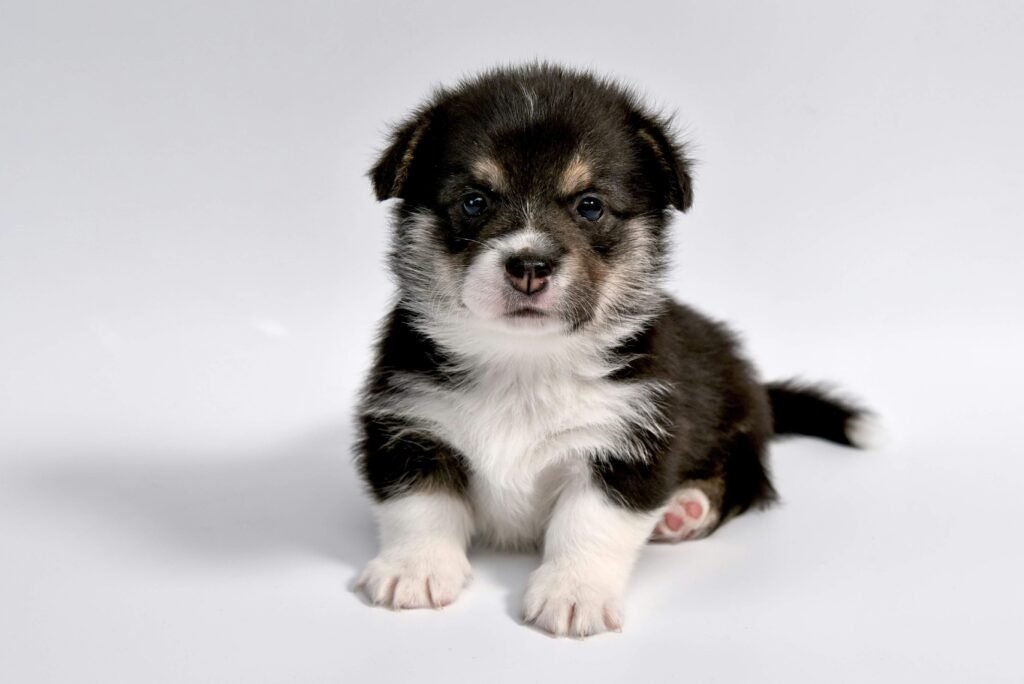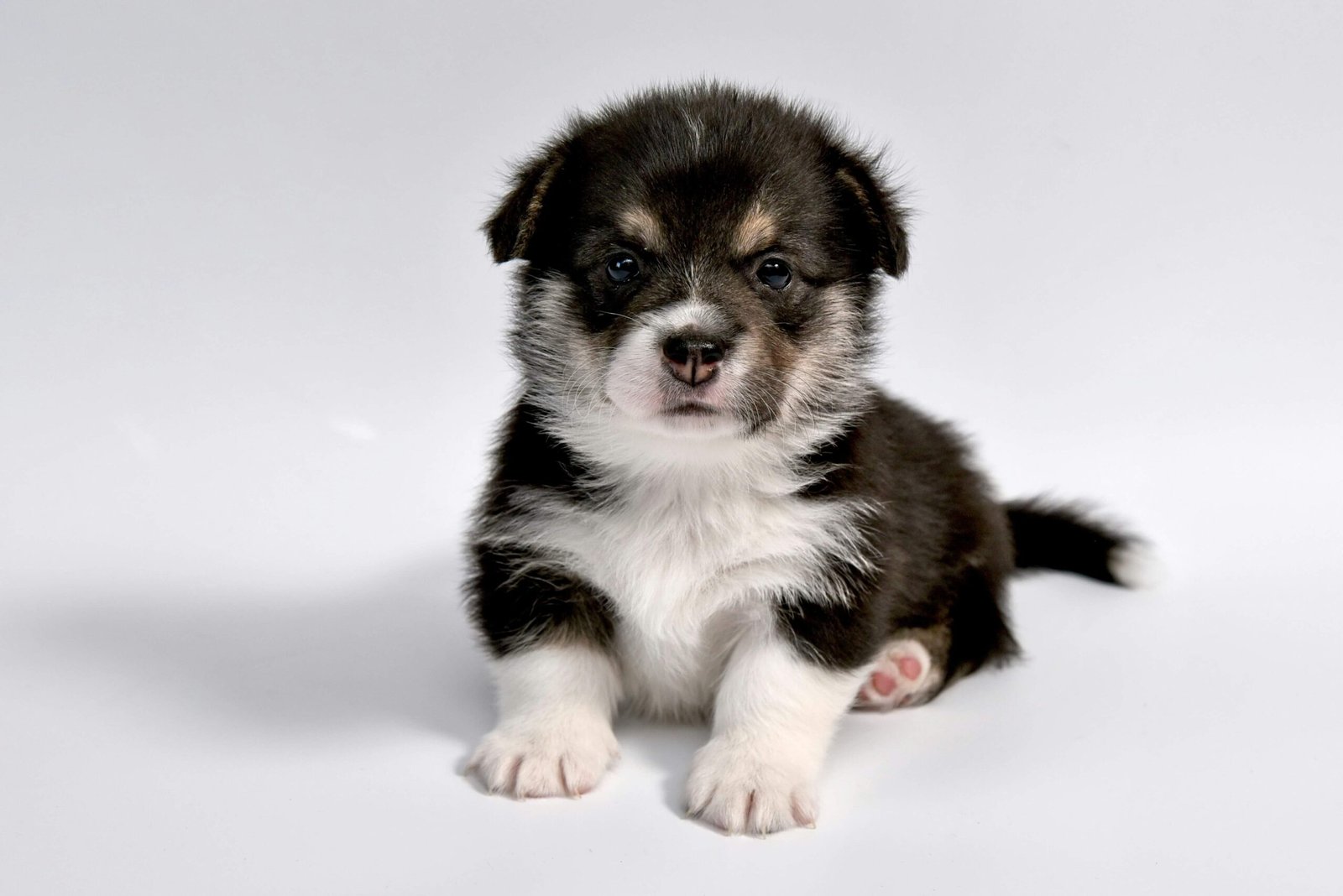Why Does My Dog Lick Its Paws?
If you’ve ever caught your dog obsessively licking their paws, you might wonder what’s driving this behavior. While occasional paw licking is normal and often harmless, excessive licking can be a sign of an underlying issue that needs attention. Dogs use their paws for everything from walking to playing, making them susceptible to irritation or injury. Understanding why your dog licks their paws is key to ensuring their health, comfort, and happiness. In this blog post, we’ll explore the common reasons behind this behavior, how to address it, and when to seek professional help.
Common Reasons Why Dogs Lick Their Paws
Dogs lick their paws for a variety of reasons, ranging from natural grooming habits to potential medical concerns. Identifying the cause is the first step toward addressing the issue effectively.
Grooming and Hygiene:
Like humans, dogs groom themselves to stay clean. Occasional licking helps remove dirt, debris, or irritants from their paws.Allergies and Skin Irritation:
Allergies to food, pollen, or household products can cause itching, prompting your dog to lick their paws for relief.Injury or Foreign Objects:
A cut, thorn, or splinter lodged in your dog’s paw can lead to excessive licking as they try to soothe the discomfort.Dry or Cracked Paws:
Harsh weather conditions, such as cold or hot surfaces, can dry out your dog’s paw pads, causing irritation and licking.Boredom or Anxiety:
Dogs may lick their paws as a way to cope with stress, anxiety, or lack of mental stimulation.
Understanding these triggers allows you to take appropriate action, whether it’s addressing a medical issue or providing more enrichment for your pet.

Signs That Paw Licking Is a Problem
While some paw licking is normal, excessive or compulsive licking can indicate a deeper issue. Watch for these signs to determine if your dog’s behavior requires intervention.
Redness or Swelling:
If your dog’s paws appear inflamed or swollen, it could signal an infection or allergic reaction.Hair Loss Around the Paws:
Persistent licking can lead to bald patches or irritated skin around the paw area.Licking Interrupts Daily Activities:
If your dog stops eating, playing, or sleeping to lick their paws, it’s a sign something is wrong.Odor from the Paws:
A foul smell emanating from your dog’s paws may indicate a yeast infection or bacterial overgrowth.Behavioral Changes:
Increased aggression, lethargy, or restlessness can accompany excessive paw licking, signaling discomfort or pain.
Recognizing these symptoms early ensures prompt treatment and prevents further complications.
Check this guide 👉Dog Licking Red Bump on Paw: Best 7 Expert Tips!
Check this guide 👉What to Do If Your Dog Licks Raw Chicken Juice: Best 7 Tips!
Check this guide 👉Why Does My Dog Lick My Cat? Best 7 Behavior Tips!
Potential Causes of Paw Licking | Ways to Address the Issue |
|---|---|
Allergies | Consult a vet for allergy testing and diet changes |
Injuries or Foreign Objects | Inspect paws regularly and remove debris |
Dry or Cracked Paws | Use paw balm or moisturizer designed for dogs |
Boredom or Anxiety | Provide toys, exercise, and mental stimulation |
Infections (Yeast or Bacterial) | Seek veterinary care for diagnosis and treatment |
How to Prevent Excessive Paw Licking
Preventing your dog from licking their paws excessively involves proactive measures to keep them healthy and entertained. These tips can help minimize the behavior before it becomes a problem.
Regular Paw Inspections:
Check your dog’s paws frequently for cuts, swelling, or foreign objects to catch issues early.Maintain a Healthy Diet:
Feed your dog high-quality food free of allergens to reduce the risk of dietary sensitivities.Provide Mental Stimulation:
Puzzle toys, interactive games, and training sessions can distract your dog from obsessive behaviors.Protect Paws from Harsh Conditions:
Use booties or paw wax during extreme weather to shield your dog’s paws from heat, cold, or chemicals.Establish a Routine:
Consistent feeding, walking, and play schedules help reduce anxiety and boredom-related licking.
By taking these preventative steps, you can promote your dog’s overall well-being and discourage unnecessary paw licking.
When to Consult a Veterinarian
While some cases of paw licking can be managed at home, others require professional attention. Knowing when to consult a veterinarian ensures your dog receives the care they need.
Persistent Licking Despite Home Care:
If your efforts to address the issue don’t improve your dog’s behavior, it’s time to see a vet.Visible Signs of Infection:
Redness, pus, or a strong odor indicates an infection that needs medical treatment.Sudden Behavioral Changes:
A drastic increase in paw licking accompanied by other unusual behaviors warrants a check-up.Unexplained Weight Loss or Appetite Changes:
These symptoms could point to systemic issues, such as allergies or hormonal imbalances.Difficulty Walking or Standing:
Pain or lameness suggests a serious injury or condition requiring immediate attention.
Seeking professional guidance ensures accurate diagnosis and effective treatment for your dog’s paw-licking habit.
Tips for Keeping Your Dog’s Paws Clean
Proper paw care goes beyond addressing licking—it also involves maintaining cleanliness to prevent irritation and infections. Follow these tips to keep your dog’s paws in great condition.
Clean Paws After Walks:
Wipe your dog’s paws with a damp cloth after outdoor adventures to remove dirt and chemicals.Trim Overgrown Nails:
Long nails can cause discomfort and affect your dog’s gait, leading to paw-related issues.Use Pet-Safe Cleaning Products:
Avoid harsh soaps or chemicals when washing your dog’s paws; opt for gentle, pet-safe cleansers instead.Apply Paw Balm Regularly:
Moisturizing balms protect against dryness and cracking, especially in extreme weather.Inspect Between Toes:
Check between your dog’s toes for trapped debris, matted fur, or signs of irritation.
With consistent care, you can prevent many paw-related problems before they arise.
How to Calm an Anxious Dog
Anxiety is a common cause of excessive paw licking, so finding ways to calm your dog can make a big difference. These strategies promote relaxation and reduce stress-related behaviors.
Create a Safe Space:
Designate a quiet, comfortable area where your dog can retreat when feeling overwhelmed.Practice Calming Exercises:
Teach your dog basic commands like “settle” or “relax” to help them manage stress.Use Calming Aids:
Consider pheromone diffusers, calming chews, or weighted blankets to soothe anxious pups.Stick to a Routine:
Predictable schedules reduce uncertainty and help anxious dogs feel more secure.Engage in Physical Activity:
Regular walks, runs, or playtime burn off excess energy and ease tension.
A calm dog is less likely to engage in compulsive behaviors like paw licking.
Foods That May Trigger Paw Licking
Certain foods can exacerbate allergies or sensitivities, leading to paw licking as a symptom. Identifying and avoiding these triggers can improve your dog’s comfort.
Grains and Fillers:
Some dogs are sensitive to wheat, corn, or soy commonly found in commercial dog foods.Artificial Additives:
Preservatives, dyes, and flavor enhancers can irritate your dog’s system and cause itching.Dairy Products:
Many dogs struggle to digest lactose, which can lead to skin reactions and paw licking.Processed Meats:
Deli meats or heavily processed proteins may contain additives that trigger allergies.High-Histamine Foods:
Tomatoes, spinach, and fermented foods can worsen histamine-related reactions.
Switching to a hypoallergenic or limited-ingredient diet under veterinary guidance can alleviate food-related paw licking.
Frequently Asked Questions About Dog Paw Licking
Is it normal for dogs to lick their paws?
Yes, occasional paw licking is normal and often part of a dog’s grooming routine. However, excessive licking may indicate a problem.
What should I do if my dog won’t stop licking their paws?
First, inspect their paws for injuries or irritants. If nothing is visibly wrong, consult your veterinarian to rule out allergies or other health issues.
Can stress cause paw licking?
Absolutely. Stress, anxiety, or boredom can lead to compulsive behaviors like paw licking.
Are certain breeds more prone to paw licking?
Some breeds, particularly those with sensitive skin or predispositions to allergies, may be more likely to lick their paws excessively.
How can I stop my dog from licking their paws too much?
Address the underlying cause by consulting a vet, providing mental stimulation, improving their diet, and using protective products like paw balm or booties.
Promoting Healthy Paws for Your Furry Friend
Understanding why your dog licks their paws empowers you to take meaningful steps toward their well-being. Whether it’s addressing allergies, preventing injuries, or simply providing more enrichment, every effort counts in keeping your dog happy and healthy. Remember, excessive paw licking isn’t just a quirky habit—it’s often a cry for help. By staying observant and proactive, you can ensure your dog’s paws remain in tip-top shape, allowing them to enjoy life to the fullest. After all, a happy dog starts with healthy paws!
Cuterebra Larvae in Cats: Best 7 Expert Tips! – Expert advice on signs, treatment & prevention of this rare but serious feline parasitic infestation.
Cuterebra Larvae in Dogs: Best 7 Expert Tips! – Expert advice on signs, treatment & prevention of this rare but serious parasitic infestation.
Cat Tumor on Paw: Best 7 Expert Tips! – Expert advice on signs, diagnosis, treatment & care for feline paw tumors.
Panacur Side Effects in Dogs: Best 7 Expert Tips! – Safe usage, common reactions & when to call the vet.





